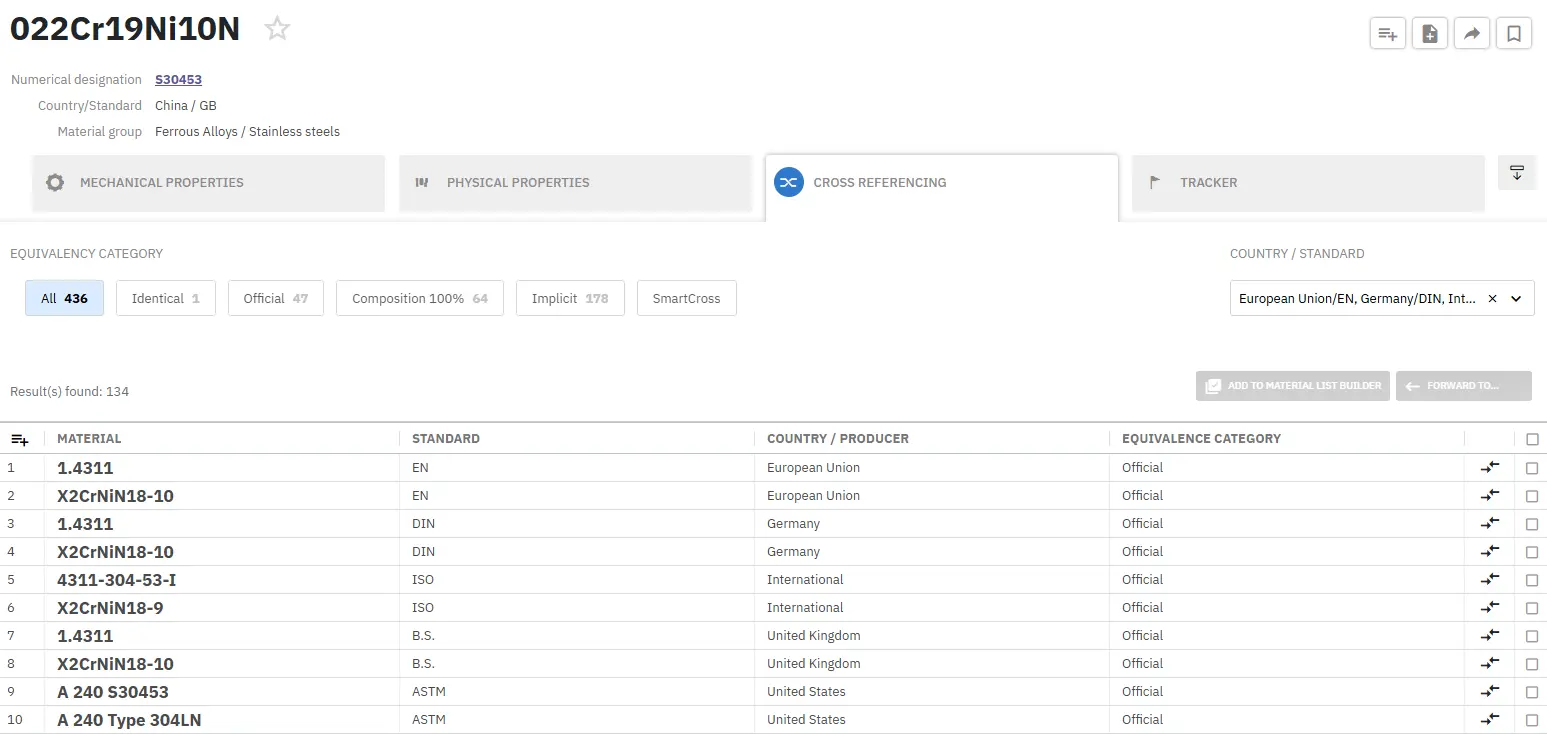Temper Designation System for Non-heat Treatable Al Alloys
Abstract
Strain hardening is a natural consequence of most working and forming operations on aluminium and its alloys. In pure aluminium and the non-heat-treatable aluminium-manganese and aluminium-magnesium alloys, strain hardening increases the strengths achieved through solid solution and dispersion hardening...
Strain hardening is a natural consequence of most working and forming operations on aluminium and its alloys. In pure aluminium and the non-heat-treatable aluminium-manganese and aluminium-magnesium alloys, strain hardening increases the strengths achieved through solid solution and dispersion hardening.
Work hardening is used extensively to produce strain hardened tempers of the non-heat-treatable alloys. The temper designation system, according to ANSI H35.1(M), is shown bellow.
|
The first digit following the H indicates the specific combination of basic operations, as follows:
|
The digit following the designations H1, H2 and H3 indicates the degree of strain hardening.
Numeral 8 has been assigned to indicate tempers having an ultimate tensile strength equivalent to that achieved by a cold reduction (temperature during reduction not to exceed 50oC) of approximately 75 percent following a full anneal.
Tempers between O (annealed) and 8 are designated by numerals 1 through 7. Material having an ultimate tensile strength about midway between that of the O temper and that of the 8 temper is designated by the numeral 4; about midway between the O and 4 tempers by the numeral 2; and about midway between 4 and 8 tempers by the numeral 6.
Numeral 9 designates tempers whose minimum ultimate tensile strength exceeds that of the 8 temper by 10 MPa or more. For two–digit H tempers whose second digit is odd, the standard limits for strength are the arithmetic mean, rounded to the nearest multiple of 5 MPa of the standard limits for the adjacent two digit H tempers whose second digit are seven.
The third digit, when used, indicates a variation of a two–digit temper. It is used when the degree of control of temper or the mechanical properties or both differ from, but are close to, that (or those) for the two–digit H temper designation to which it is added, or when some other characteristic is significantly affected.
Instantly Find and Compare Materials from Different Standards!
Total Materia Horizon contains detailed and precise property information for hundreds of thousands of materials according to all standards worldwide, updated monthly.

Get a FREE test account at Total Materia Horizon and join a community of over 500,000 users from more than 120 countries.